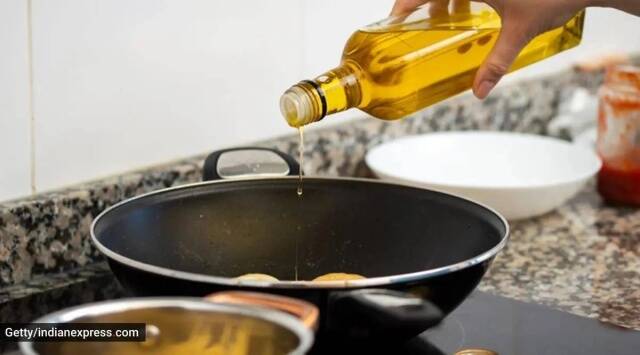Welcome to Safe Food Mitra
Welcome to Safe Food Mitra

Adulteration in food and food items is a major issue that many come across. It may not be visible to the naked eye, but the long-standing effects of such adulteration may impact one’s health and well-being. As such, one of the most common kitchen ingredients that we cannot do without on a day-to-day basis is cooking oil. It may be adulterated too. Highlighting this important issue was the Food Safety and Standards Authority of India (FSSAI) which talked about oil being adulterated with metanil yellow.
For the unversed, metanil yellow is a dye that is commonly used as a pH indicator and is known for its potency to change its colour from red to yellow. Despite not being a permitted food dye, it is used in India in grocery items like turmeric powder, dals like arhar or pigeon pea or split pigeon pea, and even oil.
Dr Ajay Nair, consultant, internal medicine, Narayana Multispeciality Hospital, Jaipur said that detecting oil adulteration requires a keen eye, meticulous testing, and a commitment to quality.
“Adulterated oils pose significant risks to health, environment, and consumer trust. To uncover such deceit, several methods can be applied such as sensory analysis. Observe the colour, odour, and taste of the oil. Any unusual or off-putting characteristics may indicate adulteration,” Dr Nair told indianexpress.com.
Additionally, perform a visual clarity test; pure oils are generally transparent. “As well as, laboratory tests are indispensable. Conduct physical tests like refractive index and specific gravity measurements to identify inconsistencies. Chemical tests, such as fatty acid composition analysis and gas chromatography, can further unveil adulterants or contaminants,” he added.

Nestle SA’s Project Tasty is built on similar principles and the understanding that stock-keeping unit (SKU) rationalization as well as a focus on pro...
Indian express
Populars Courses

